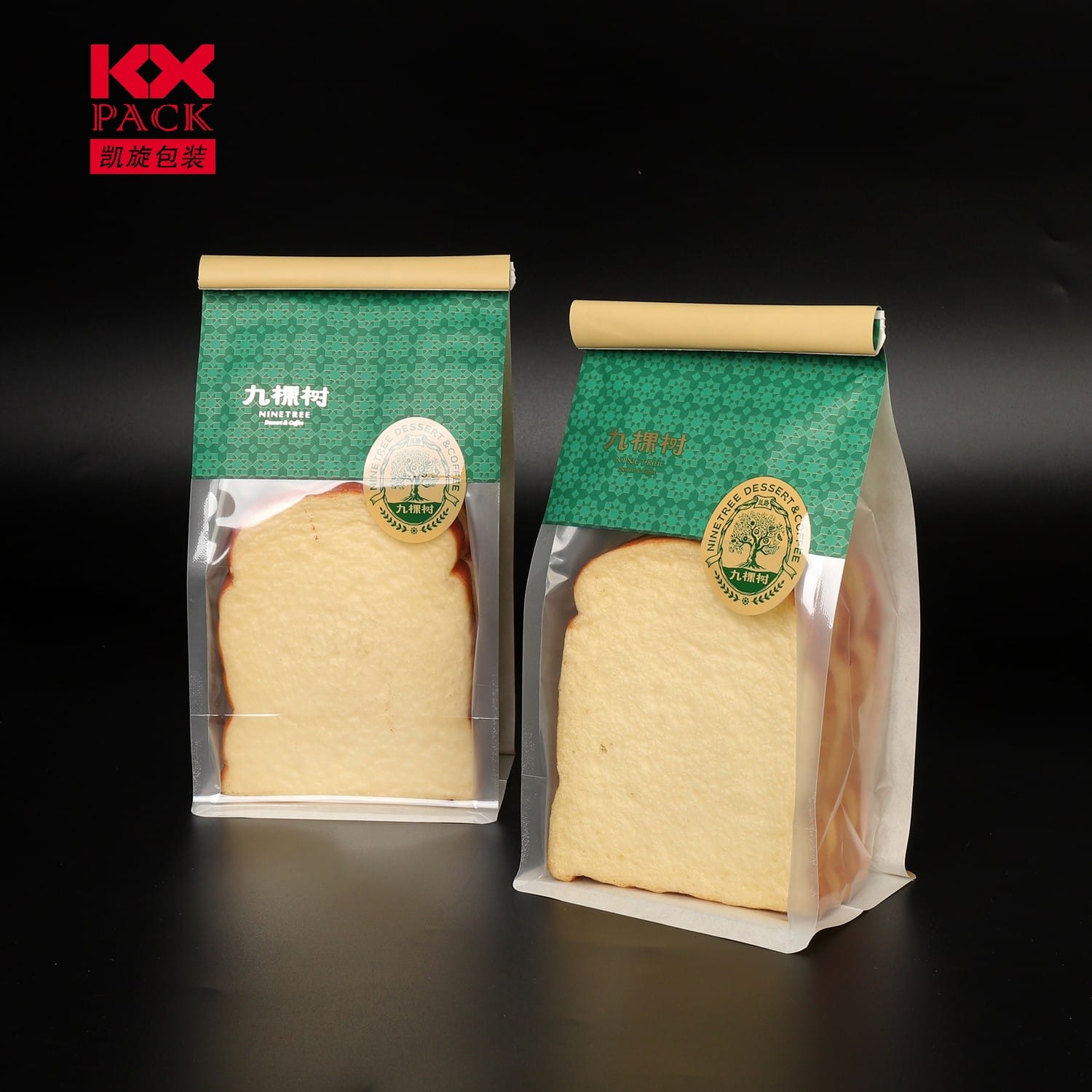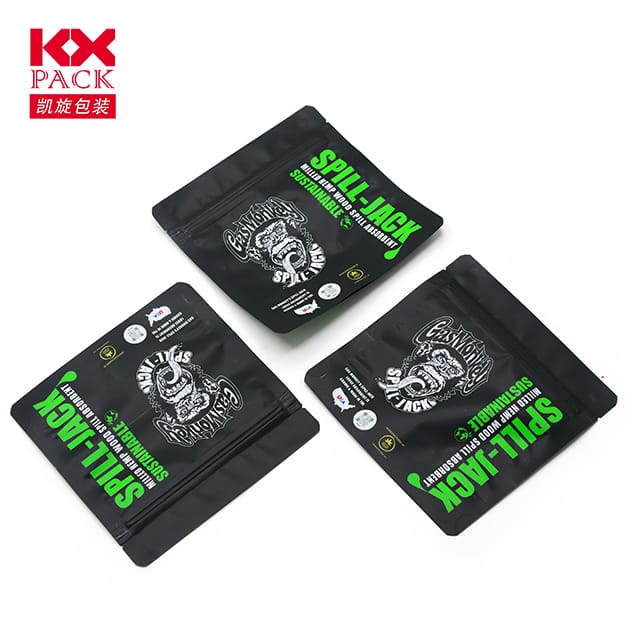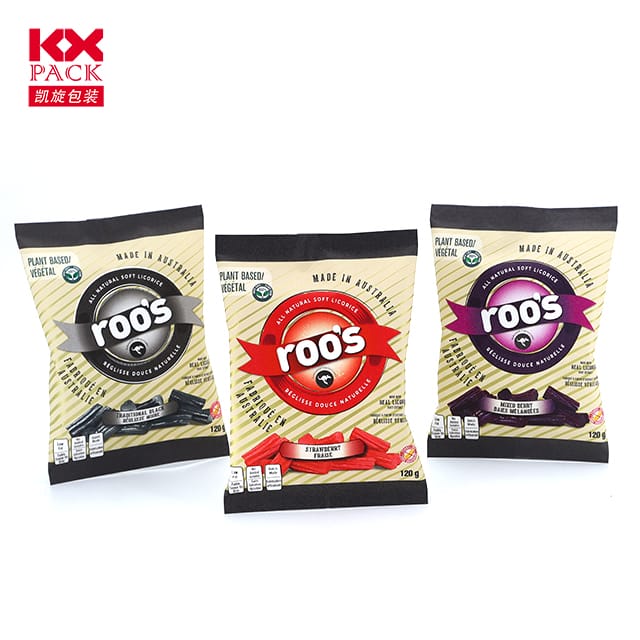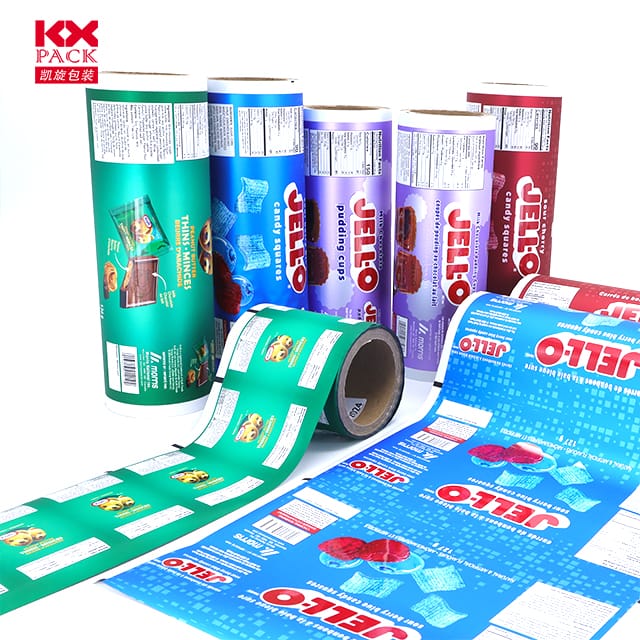L'évolution et l'impact des films flexibles dans l'emballage alimentaire
Films flexibles
In the dynamic world of food packaging, films flexibles have emerged as a game-changer, révolutionner comment les produits sont préservés, présenté, et transporté. Combiner l'innovation avec la durabilité, ces poids légers, Les matériaux adaptables remodèlent l'industrie tout en répondant aux demandes croissantes des consommateurs de commodité et de solutions respectueuses de l'éco-conscience.
Quels sont les films flexibles?
Le film flexible est mince, pliable sheets made from polymers like polyethylene (PE), polypropylène (polypropylène), polyester (ANIMAUX), or biodegradable alternatives such as polylactic acid (PLA). Designed to conform to product shapes, they offer versatility unmatched by rigid packaging. Common applications include pouches, wraps, lids, and bags for snacks, fresh produce, laitier, et les repas prêts à manger.
Key Advantages of Flexible Films
- Enhanced Product Protection
Flexible films create airtight barriers against moisture, oxygène, Et léger, prolonger la durée de conservation et réduire le gaspillage alimentaire. Advanced multilayer structures can incorporate oxygen scavengers or UV filters for superior preservation. - Sustainability Benefits
Compared to traditional materials, flexible films require fewer resources to produce and transport, Abaisser les empreintes de pas carbone. Many are now recyclable or compostable, aligning with global circular economy goals. Par exemple, Dow’s RecycleReady technology enables recyclable pouches, while companies like TIPA® offer certified compostable films. - Cost-Efficiency and Convenience
Lightweight and space-saving, flexible films reduce storage and shipping costs. Their resealable designs—like zippers or spouts—enhance user experience, catering to on-the-go lifestyles. - Branding and Shelf Appeal
High-definition printing capabilities allow vibrant, customizable designs, helping brands stand out in competitive retail environments.
Challenges and Innovations
Malgré leurs avantages, Les films flexibles font face à des obstacles:
- Recyclage des infrastructures: Single-material films are easier to recycle, but multilayer variants (common in high-barrier packaging) remain problematic.
- Material Complexity: Balancing performance with eco-friendliness requires ongoing R&ré.
Innovations Driving Change:
- Polymères biodégradables: Materials derived from corn starch or sugarcane are gaining traction.
- Recyclage chimique: Breakthroughs like enzymatic degradation promise to recycle mixed-material films.
- Emballage intelligent: Integration of sensors to monitor freshness or RFID tags for supply chain transparency.
The Future of Flexible Films
The market for flexible food packaging is projected to grow at aTasseur de 5.2% à travers 2030 (Grand View Research), alimenté par:
- Rising e-commerce: Demand for durable, lightweight shipping materials.
- Health-Conscious Consumers: Preferences for hygienic, single-serve portions.
- Pressions réglementaires: Stricter bans on single-use plastics are accelerating adoption of sustainable alternatives.
Conclusion
Flexible films represent a bridge between functionality and environmental responsibility. À mesure que la technologie progresse, their role in reducing waste, enhancing food safety, and delighting consumers will only expand. Brands that embrace these materials today are not just staying ahead—they’re contributing to a healthier planet.
Appel à l'action:
Are you ready to explore flexible packaging solutions for your brand? Share your thoughts or questions in the comments below—let’s discuss how innovation can meet sustainability in the food industry!
Word count: ~550
Mots clés: films flexibles, emballages alimentaires, durabilité, innovation, recyclage







